The Art of Shuai Jiao: China’s Ancient Wrestling Tradition
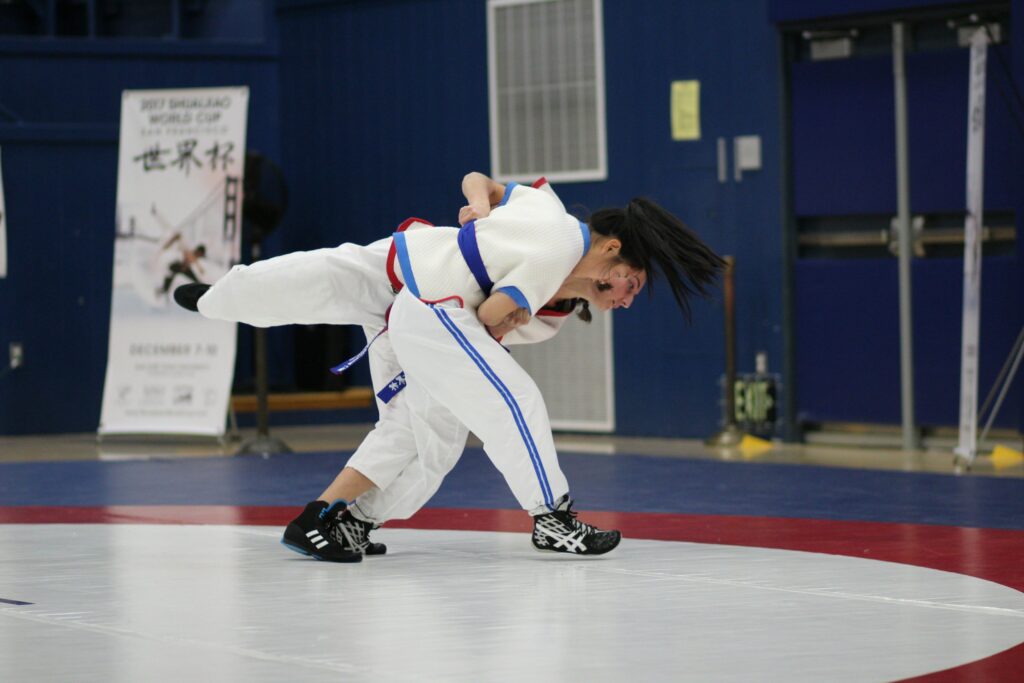
Introduction Shuai Jiao, the ancient Chinese martial art of wrestling, embodies a rich history marked by its intricate techniques, deep cultural significance, and martial efficiency. Rooted in China’s millennia-old martial arts heritage, Shuai Jiao has evolved from a battlefield necessity to a modern sport while preserving essential aspects of its traditional roots. This essay aims […]
Chinese and Japanese Pure Land Buddhism: An In-depth Exploration
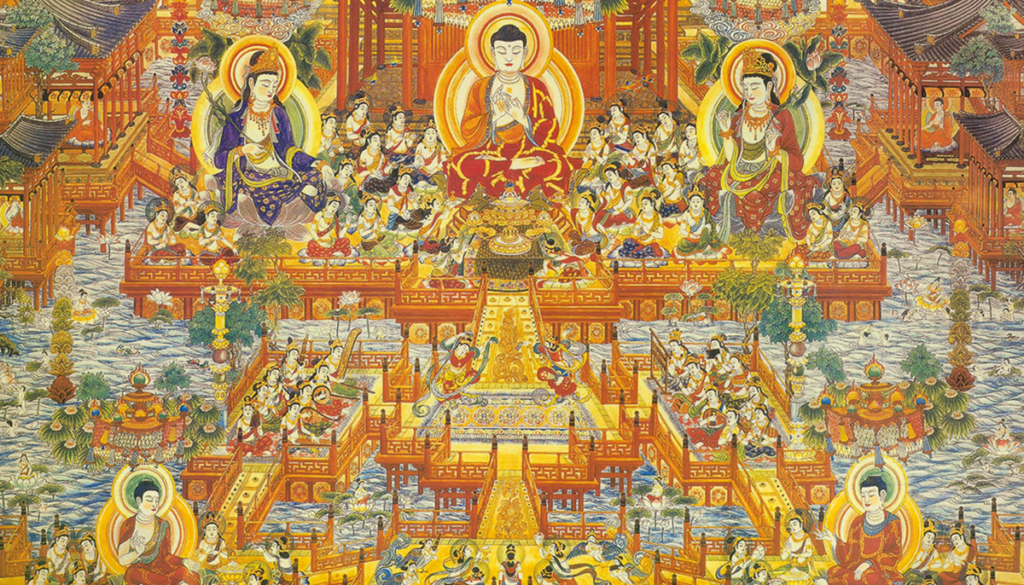
Introduction Pure Land Buddhism, a major tradition within Mahayana Buddhism, focuses on the veneration of Amitabha Buddha (known as Amida in Japan) and the aspiration for rebirth in the Pure Land, a realm of bliss and enlightenment. This essay explores the roots, development, and practices of Pure Land Buddhism in both China and Japan, emphasizing […]
The History of Sanda/Sanshou
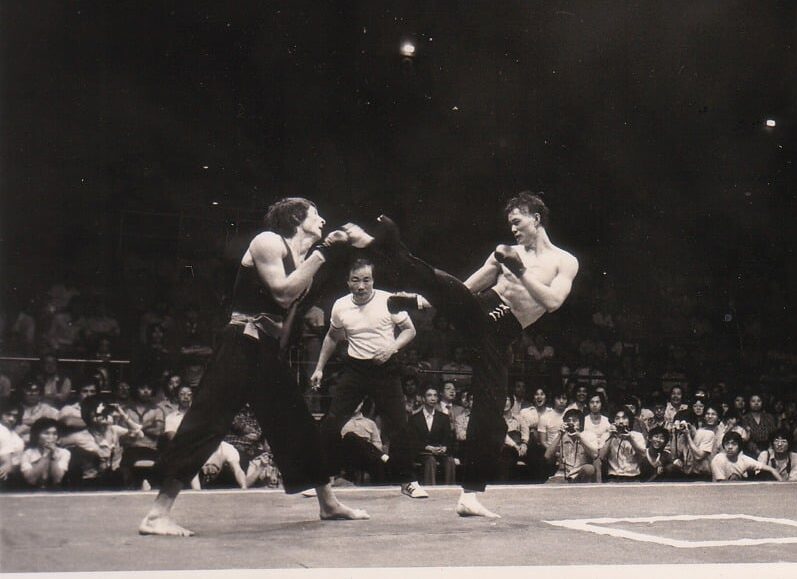
Introduction Sanda, also known as Sanshou, is a Chinese martial art that combines elements of traditional Chinese martial arts with modern combat techniques. It is a full-contact sport that includes striking, grappling, and wrestling techniques. The terms “Sanda” and “Sanshou” are often used interchangeably, with “Sanda” translating to “free fighting” and “Sanshou” to “free hand.” […]
Sambo as a Lifestyle in the Soviet Union
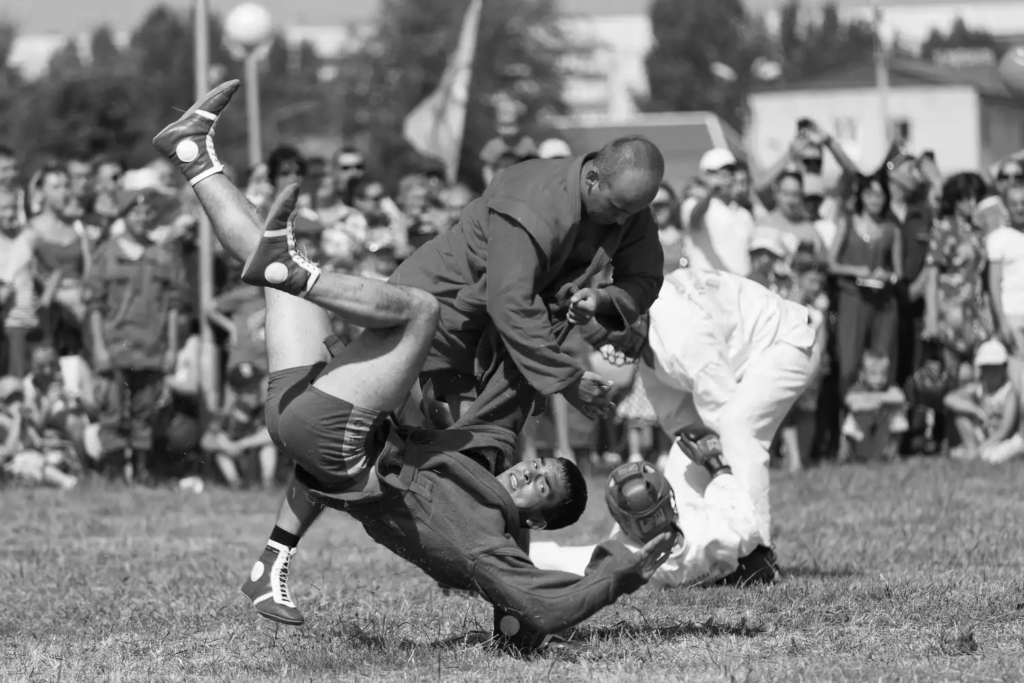
Introduction Sambo, a Soviet martial art and sport, stands as a unique symbol of the USSR’s approach to physical culture and national identity. Developed in the early 20th century, this system of self-defence and combat incorporated elements from judo, wrestling, and traditional folk fighting styles of the various ethnic groups within the Soviet Union. Sambo […]
The History of the Shaolin Temple

Introduction The Shaolin Temple, located in the Henan province of China, is renowned worldwide as the birthplace of Chinese martial arts and a symbol of Buddhist culture. Establishing its significance in both religious and martial contexts, the temple’s history stretches back over a millennium. This essay seeks to investigate the origins, evolution, and enduring legacy […]
Russian Sambo: The Martial Art of the Soviet Union
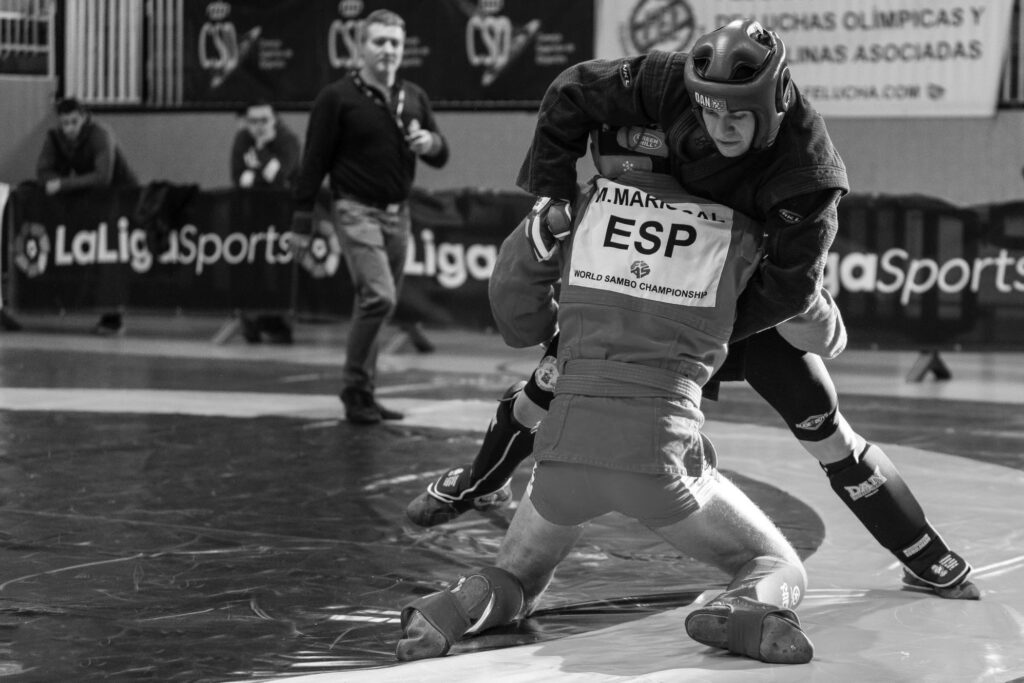
Introduction Russian Sambo is a dynamic and versatile martial art that originated in the Soviet Union in the early 20th century. Combining elements of judo, wrestling, and other grappling styles, Sambo has become a popular and effective martial art practiced by people all over the world. In this essay, we will explore the history, techniques, […]
Kapap – Krav Panim El Panim
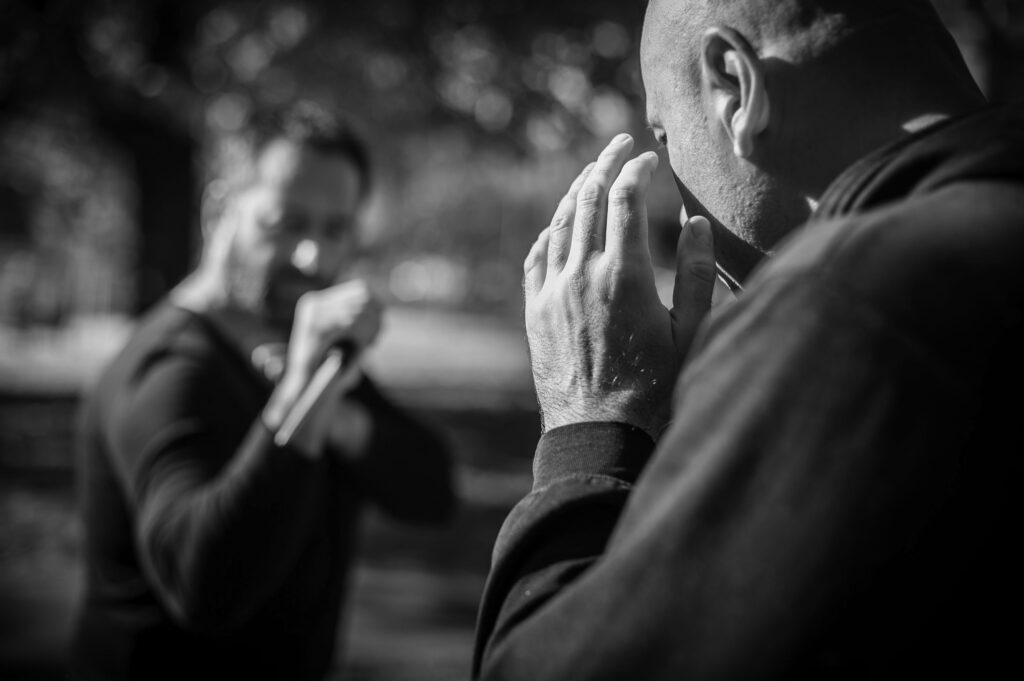
Kapap is a martial art that originated in Israel and is known for its focus on self-defence, hand-to-hand combat, and weapons training. The term “Kapap” stands for “Krav Panim El Panim,” which translates to “face-to-face combat” in Hebrew. The roots of Kapap can be traced back to the early 20th century. Kapap was developed as […]
Imi Lichtenfeld – The Founder of Krav Maga
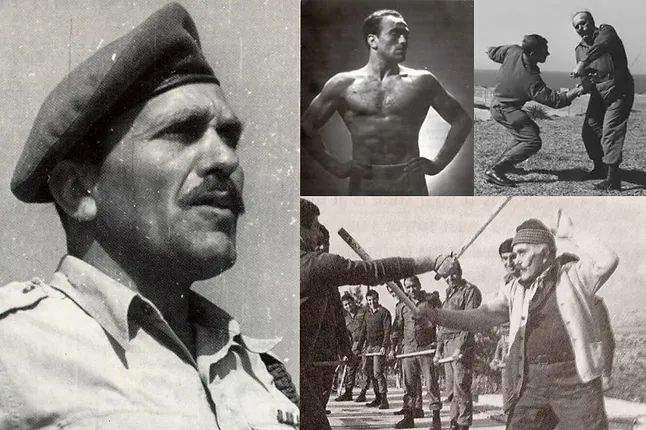
Imi Lichtenfeld, also known as Imi Sde-Or, was a renowned martial artist, soldier, and the founder of Krav Maga. Born in Budapest, Hungary in 1910, Lichtenfeld grew up in an environment of violence and anti-Semitic attacks which led him to develop a keen interest in self-defence. This interest eventually led him to create Krav Maga, […]
Kajukenbo – The Martial Art of Hawaii
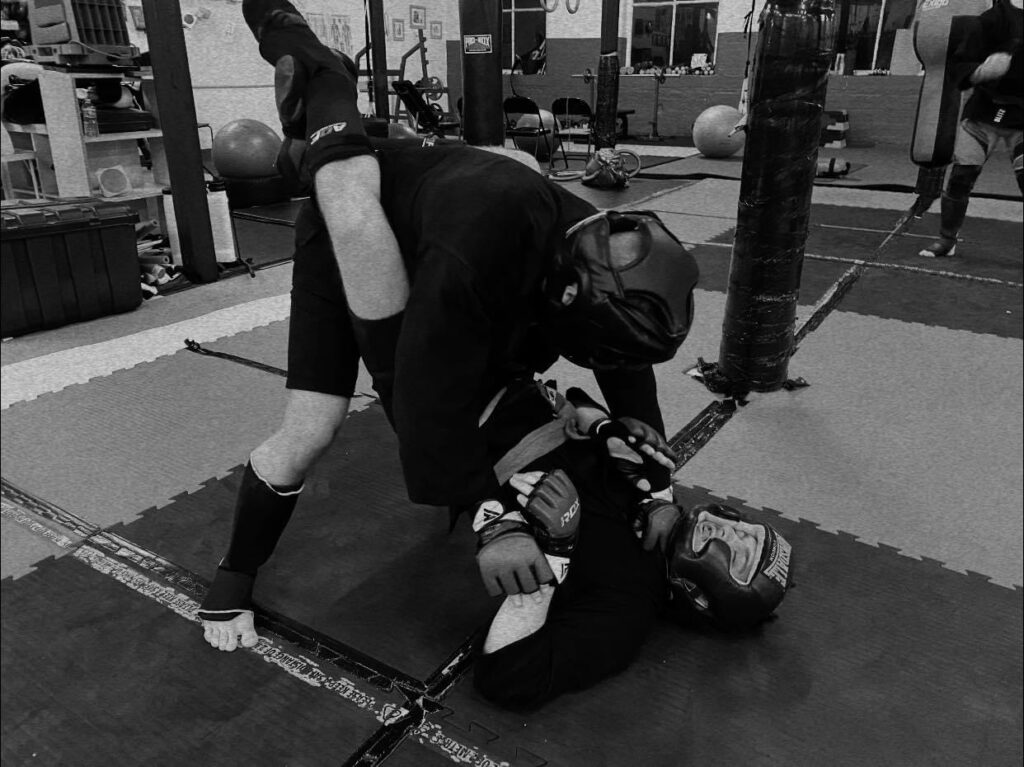
Kajukenbo is a martial art that was developed in the 1940s in Hawaii. The name “Kajukenbo” is a combination of the styles that influenced its creation: “Karate” (KA), “Judo/Jujitsu” (JU), “Kenpo” (KEN), and “Chinese Boxing” (BO). A number of Kajukenbo practitioners such a Chuck Liddell & Sage Northcutt have brought Kaju to prominence within the […]
WW2 – Fairburn Combatives
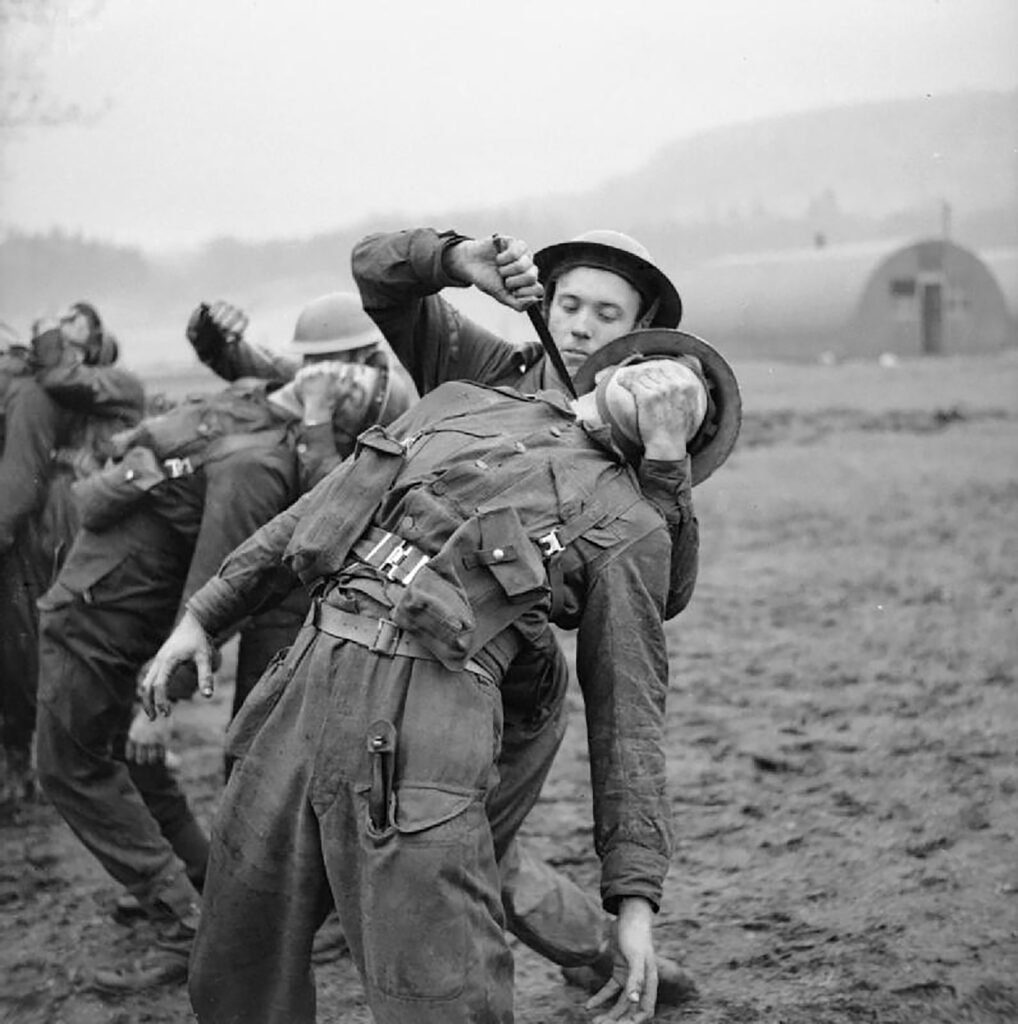
Fairbairn Combatives is a system of hand-to-hand combat training developed by William E. Fairbairn and Eric Anthony Sykes during World War II. This system was designed to be simple, effective, and easy to learn, making it ideal for soldiers and others who needed to defend themselves in close-quarters combat situations. Fairbairn Combatives is based on […]
